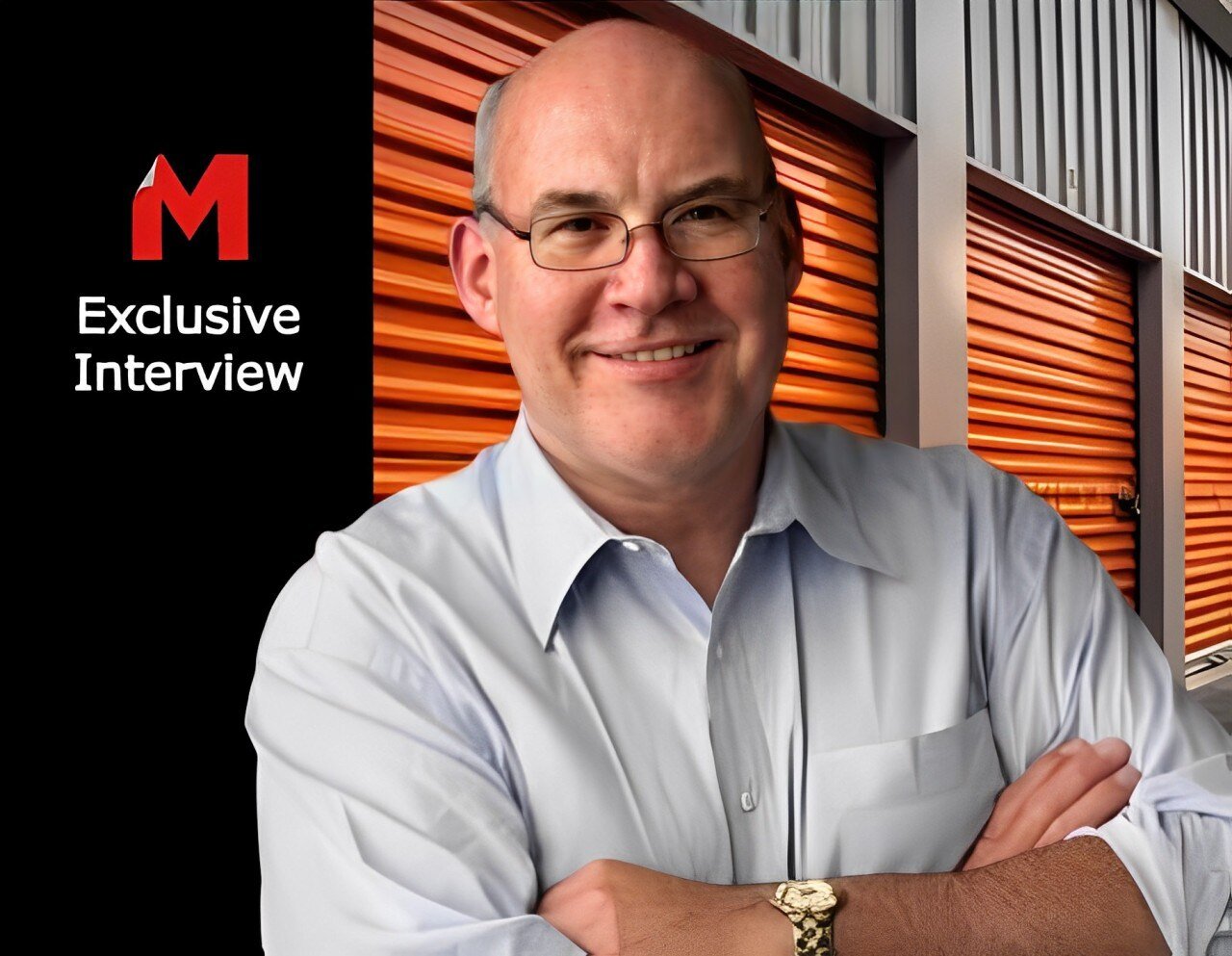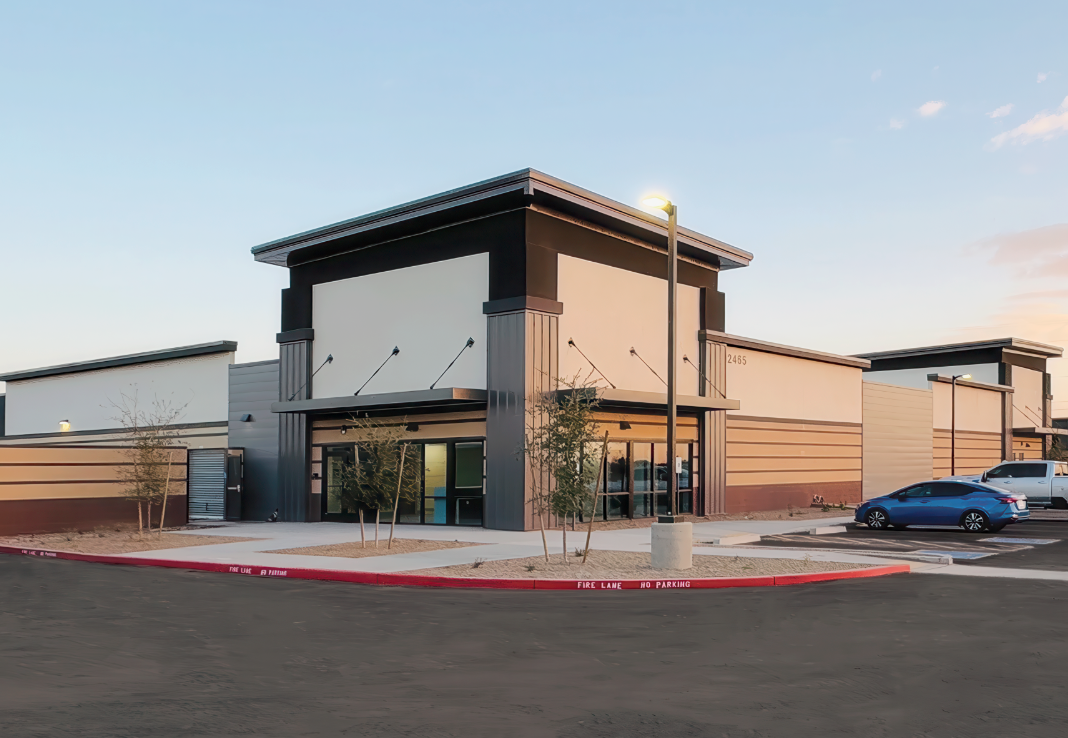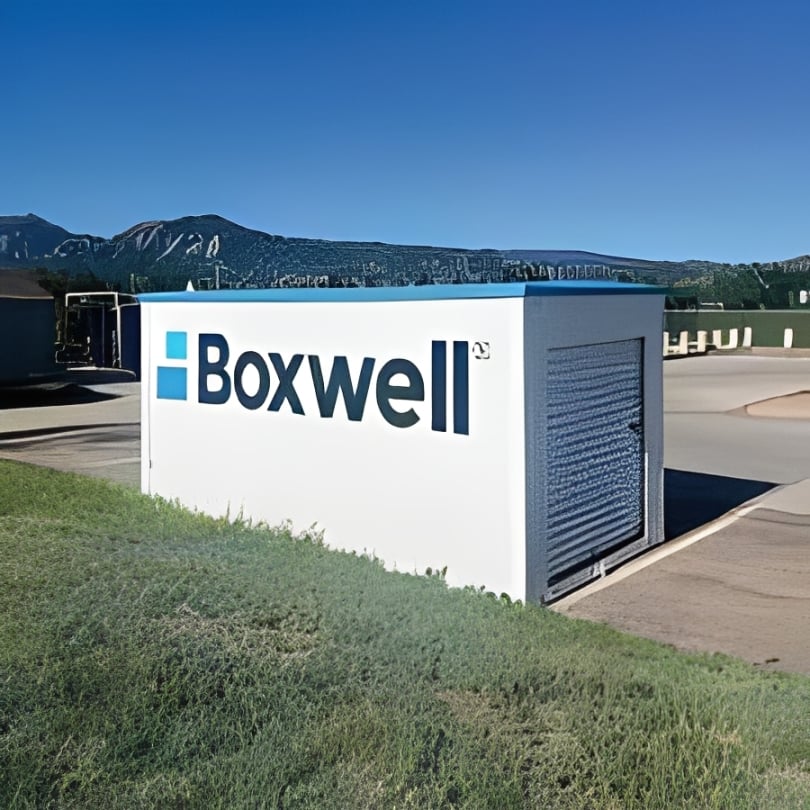Risk/Reward: Strategic Developers Push Forward Despite Economy
In commercial real estate, and particularly within the self-storage sector, timing is everything. While conventional wisdom might suggest pressing pause during economic uncertainty, the data tells a more nuanced story. Slow periods are often the smartest times to build.
As lending tightens, inflation persists, and the Federal Reserve navigates the balancing act between recession risks and long-term recovery, developers across the U.S. are asking a familiar question: Should we wait it out?
For the self-storage industry, the answer leans increasingly toward no, not without a strategy.
A Historically Resilient Asset
The Self Storage Association attributes this resilience to the nature of demand. Most self-storage use cases are driven by what’s called the “four Ds” (death, divorce, dislocation, and downsizing)—life events that occur regardless of economic cycles.
Additionally, ongoing urbanization, population shifts, and housing transitions continue to create a baseline level of need. According to a 2023 report from IBISWorld, the U.S. self-storage industry is valued at over $40 billion and has grown steadily over the past decade, with occupancy rates remaining strong, even as interest rates rise.
In short: People may spend less, but they still need space.
The Risk Of Waiting
In real estate, the delay isn’t just months, it’s years. Between site selection, entitlements, financing, design, and construction, it can take 12 to 24 months to bring a facility to life. Waiting until the economy rebounds means others will already be mid-construction or worse, leasing up.
Meanwhile, construction costs rarely drop significantly in downturns, and land deals may be more negotiable when fewer buyers are at the table. Planning during a cooling market positions developers to break ground just as demand surges again.
Local Insight Is Critical
For example:
- A competitor’s facility may be underperforming due to poor visibility or access, which would not be captured in occupancy data.
- Road construction could impact traffic flow for months, affecting visibility and consumer convenience.
- A city council may be prioritizing residential development over commercial permits, changing your project’s timeline entirely.
Successful developers supplement big-picture data with on-the-ground intelligence: physically walking the site, speaking with local officials, tracking nearby construction, and assessing neighborhood sentiment. These micro insights often make or break a deal.
Shift Your Pitch
That means a quick market summary won’t cut it. Financial partners expect:
- Demographic and absorption analysis,
- Lease-up projections based on real comps,
- Competitive assessments with visual maps,
- Development cost modeling and ROI projections, and
- Municipal planning and entitlement timelines.
This level of preparation not only improves your chances of securing funding, it also builds confidence in your ability to execute, which can influence interest rates and deal terms.
Early Validation Saves Time, Money
If the data looks promising, a more in-depth feasibility study with site visits and municipal research can follow. The key is starting the process before the next rush begins.
Slower Seasons Offer Advantages
According to Green Street’s 2024 Sector Outlook, self-storage remains one of the top-performing REIT sectors in terms of NOI growth and investor confidence. But with interest rate uncertainty and cautious underwriting on the rise, only the best-positioned projects will get greenlit.
Developing during a slow market requires foresight. It’s not about rushing construction. It’s about using the time wisely to:
- Secure entitlements,
- Finalize design and architecture,
- Attract capital partners,
- Refine business strategy, and
- Prepare for optimal timing.
Here’s a real-world example of local insight shifting the strategy. In a recent southeastern U.S. market, online data suggested minimal competition and favorable demographics for a new storage facility. However, a local market walk revealed:
- A new facility had quietly opened nearby with aggressive pricing,
- Zoning officials were in the early stages of restricting new commercial permits, and
- A planned infrastructure project would hinder traffic access for up to 18 months.
Armed with this insight, the developer shifted focus to a neighboring submarket just five miles away that was still underserved but with smoother development pathways. That shift could be the difference between average returns and market-leading success.
Starts Before The Rebound
It’s not reckless optimism. It’s deliberate action backed by local data, long-term trends, and operational readiness.
Whether you’re planning your first facility or expanding a regional portfolio, consider this: By the time the economy feels safe again, it may already be too late to secure the site, financing, or first-mover advantage.
In self-storage, as in life, hesitation is often the real risk.
More Content
Popular Posts
The self storage industry is in a precarious...
Joe Shoen, CEO of U-Haul, has had enough.
Like its name implies, Surprise, Ariz., a...
Joe Shoen has had enough.
In a record-breaking deal finalized May 12,...
Senate Bill 709 (SB709) has many in the...
Donald Trump has just reclaimed the White...
The question of “abandonment” of stored...
Self-storage operators wear a lot of hats....
In 1992, Clinton strategist James Carville...
Recent Posts
From policy pivots in Ottawa to tariff...
Self-storage operators have struggled to...
Their signature red coats may draw attention...
Nailing down Josh and Melissa Huff for an...
Most self-storage operators are running...
The storage industry has long been a sound...
Despite widespread adoption of modern...
This year marks a major milestone for...



















